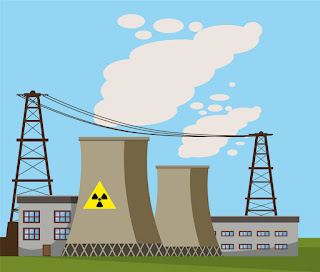Everything needs electricity to run these days. Gone are the days when lighting needs were met through kerosene or petromax, heating needs were fulfilled through wood or coal, and cooking was done on either coal or wood-fired stoves or with the help of biogas.
Electrical appliances now flood the market and air-conditioners, desert coolers, fans, oil-filled radiators and blowers, microwaves and OTGs, induction cooktops, mixers and grinders, etc are a common sight in every household. Even industries are heavily reliant on electricity to aid in production of goods. Farming is also aided by electricity, especially when it comes to winnowing, crushing, grinding grains and storing produce in cold storage for long periods.
With this rapid increase in the usage of electricity, power outages have become a common scenario. The policy of the Indian and State governments to attempt to provide round-the-clock electricity in urban areas and at least 16 hours of power in the suburbs and rural areas has also put pressure on generating agencies.
Data from the Central Electricity Authority (CEA) shows that in 2009-10, the total requirement of power was 8,30,594 BU, but there was a 10.1% deficit in supply. The scenario in 2022-23 was much better as the total demand of 13,82,920 was nearly met with a mere 0.5% deficit in supply.
India’s electricity generation, including renewable resources, has grown from 805.4 billion units (BU) in 2009-10 to a whopping 1,491.9 BU in 2022-23 (up to February 2023).
India’s total installed generation capacity from fossil fuels (coal, lignite, gas, diesel) is 2,36,469 megawatt (57.4 %), while from hydro, wind, solar and other renewable energy is 168,963 MW (41%). Nuclear power accounts for a mere 6,780 MW or 1.6% of the total generation capacity, as on February 28, 2023.
Given the prevailing scenario, it becomes pertinent for the government to stop replying heavily on plants that run on fossil fuels due to climate crisis concerns and for availing carbon credits. Of course, the next big thing to meet the ever-rising consumption of electricity is increasing the capacity of nuclear power plants.
The Indian Government has stated that nearly 9% share of electricity is likely to be contributed from nuclear sources by the year 2047, when the country celebrates 100 years of Independence. This would also help in getting closer with the commitment of achieving net zero target by 2070.
The other targets laid down by the Department of Atomic Energy are achieving 20 gigawatt capacity of nuclear power generation by 2030, which would be a major milestone placing India as the third largest producer of atomic energy in the world after the USA and France.
For the first time since 1947, India approved 10 reactors in fleet mode in a single order and allowed nuclear installations to be developed under joint ventures with public sector undertakings so that nuclear energy can be used for peaceful purposes. Now, India is the sixth largest in the world in the number of functional reactors and the second largest in the total number of reactors, including those under construction.




No comments:
Post a Comment